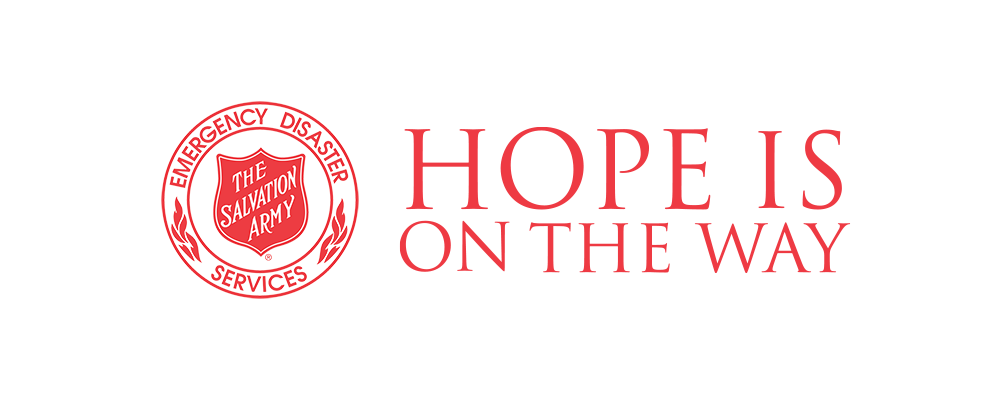Hurricanes
Hurricanes are dangerous and can cause major damage from storm surge, wind damage, rip currents and flooding. They can happen along any U.S. coast or in any territory in the Atlantic or Pacific oceans. Storm surge historically is the leading cause of hurricane-related deaths in the United States.
Tornadoes
Tornadoes are violently rotating columns of air that extend from a thunderstorm to the ground. Tornadoes can destroy buildings, flip cars, and create deadly flying debris.
Floods
Flooding is a temporary overflow of water onto land that is normally dry. Floods are the most common disaster in the United States. Failing to evacuate flooded areas or entering flood waters can lead to injury or death.





